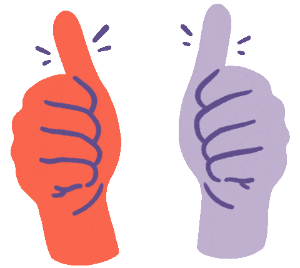A-Level Mathematics Question Analysis Topic: Mathematics -
Exam Questions:
1) In the figure, a tent is in the shape of a cylinder surmounted by a conical top of same diameter. If the height and diameter of cylindrical part are 2.1 m and 3 m respectively and the slant height of conical part is 2.8 m, find the cost of canvas needed to make the tent if the canvas is available at the rate of $500 / sq. metre. Consider (π = 22 / 7)

2) Prove that the points (−3, 0), (1,−3) and (4,1) are the vertices of a right-angled isosceles triangle.
Answers:
For A-Level Mathematics, you should know:
1) The radius of the conical piece = radius of cylindrical part r = 3 / 2 m.
The slant height of the cone l is 2.8 m.
The height of the cylinder h is 2.1 m.
Therefore, the canvas needed to make the tent = curved surface area of the cone + curved surface area of the cylinder.
Curved surface area of the cone = πrl = 22 / 7 * 3 / 2 * 2.8 = 13.2 m2
On the other hand, the curved surface area of the cylinder is 2πrh = 2 x 22 / 7 x 3 / 2 x 2.1 = 19.8 m2
Hence, the total surface area = curved surface area of the cone + curved surface area of the cylinder = 13.2 + 19.8 = 33 m2
Because the cost of 1 m2 of canvas is $500, the cost of 33 m2 would be $16,500.
2) The solution to this is using the formula of the distance between two points: √[(x2 - x1)2 + (y2 - y1)2]
AB = √[(1 + 3)2 + (-3 - 0)2] = 5
BC = √[(4 - 1)2 + (1 + 3)2] = 5
AC = √[(4 + 3)2 + (1 - 0)2] = 5√2
AB = BC
From this, we're halfway there - we now know that ABC is an isosceles triangle.
Now, let's use the Pythagoras' theorem.
(AB)2 + (BC)2 = 52 + 52 = 50
and (AC)2 = (5√2)2 = 50
Therefore, we have found that AB2 + BC2 = AC2, which satisfies the theorem and is hence right-angled.
Work hard for your A-Level Mathematics examination!
End of analysis. Great!


